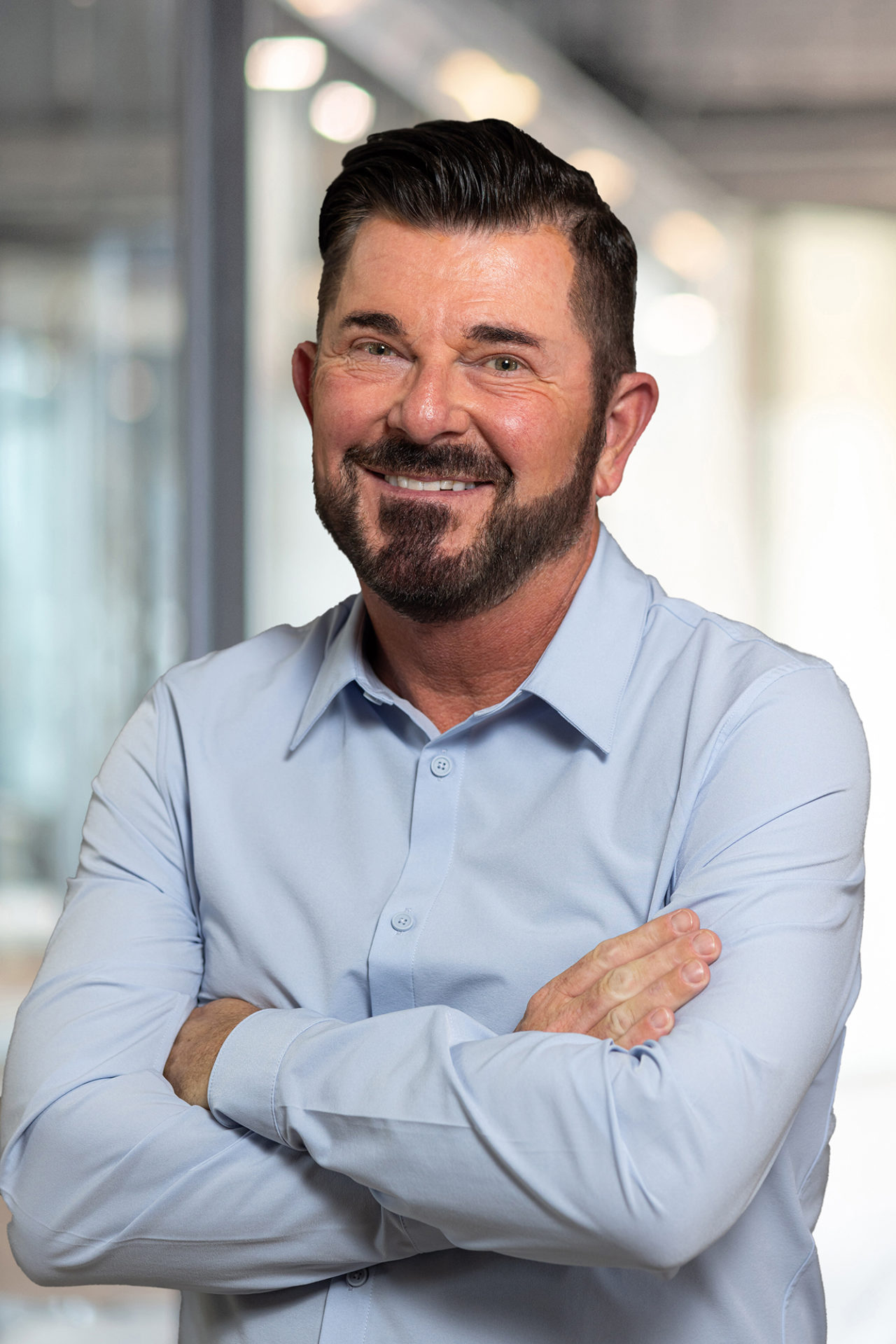Menu

Fundamental Shifts in HR: Part 1, The Workforce Cliff
I recently had the pleasure of being invited onto Sarah Hamilton-Gill’s HR podcast, Leap Into HR Consulting, where the two of us discussed some of the fundamental shifts that HR professionals should expect to see in the near future.
The first of these shifts is what I call the Workforce Cliff. Flashback to almost a decade ago, when my team and I first examined data that compared the growth rate of jobs in comparison to the growth rate of economically active people. The results we published predicted that at around about now – 2023/4 – there would be more jobs in the UK than people to fill them.
Put simply, not enough babies were being born, so demand would eventually outstrip supply.
Fast forward to the present day and – as predicted – businesses are struggling to fill key roles. This is because as the economy restabilises after the effects of the pandemic, we have been set back on a path that edges us closer and closer to the Workforce Cliff.
The most recent data highlights that the growth rate for jobs is 0.94%, whereas the population growth rate for economically active people is only 0.37%. This is broadly in line with pre-pandemic rates and will create an ever-tightening labour market.
According to the Future of Jobs 2023 Report, companies have identified the availability of talent and a shortage of key skills the as two of the major issues that will negatively impact business performance over the next five years. For example, one recent study has found that only one in ten UK workers possess digital skills – which is an alarming statistic as the integration of AI begins to happen all around us.
One solution for filling these gaps lies in migration – a recent survey found that over half (52%) of small and medium-sized businesses (SMEs) are in favour of opening the UK’s doors to overseas workers to plug vacancies.
However, there are many untapped pools of talent on our own doorsteps that are being completely overlooked. For one thing, 20.8% of the working age UK population are considered economically inactive, and the largest proportion of this group are those aged between 50-64. The pandemic resulted in many midlife workers taking early retirement or being made redundant, and so there is a substantial pool of experienced and skilled workers who companies are not targeting with their attraction strategies.
The same can be said for younger workers too; many young people are now starting their careers later, so employers need to be considering what they can do to make their job offerings more attractive to this group.
Employee benefits that are on offer are a great way of accessing a specific talent pool, as each generation of workers tend to have different wants, and so these benefits packages can be made more unique to specific needs.
For instance, younger workers value work-life balance and mental health support. Midlife workers, on the other hand, value flexibility and the ability to work remotely.
The point is, if employers are being more purposeful with their attraction strategies, they will be able to move away from the Workforce Cliff’s edge. This means considering talent in all corners of the market, and ensuring that their business is an attractive one for a diverse set of people; whether they be older, younger, have an accessibility need, or be in a minority group.
Pair this with an added focus on learning and development (92% of job candidates use L&D opportunities as a deciding factor when considering job offers) and companies will have fewer issues being able to fill their skills gaps.
If you would like to discuss how OrgShakers can help perfect your talent attraction plan and strengthen your learning and development strategies, please get in touch with me at david@orgshakers.com

David Fairhurst is the Founder of OrgShakers. He is widely considered to be one of the world’s leading HR practitioners and is a respected thought leader, business communicator, and government advisor.



